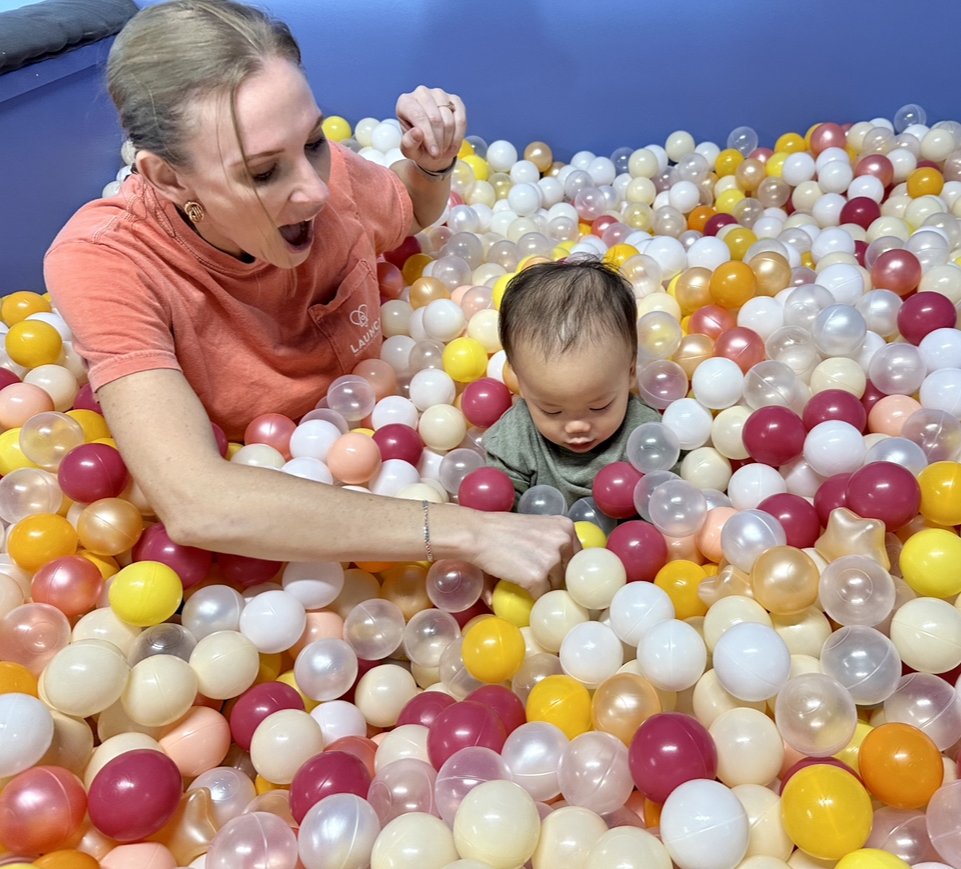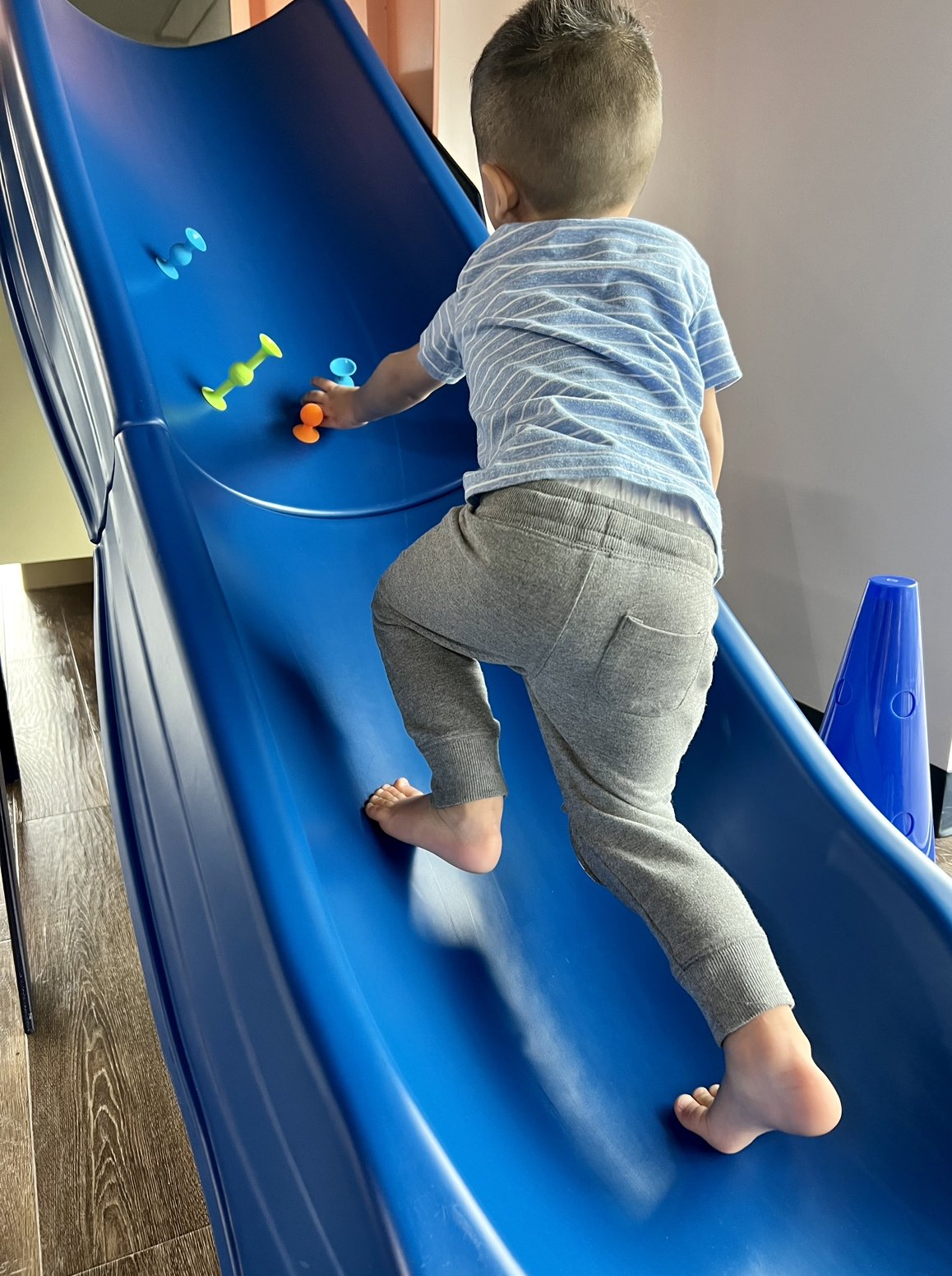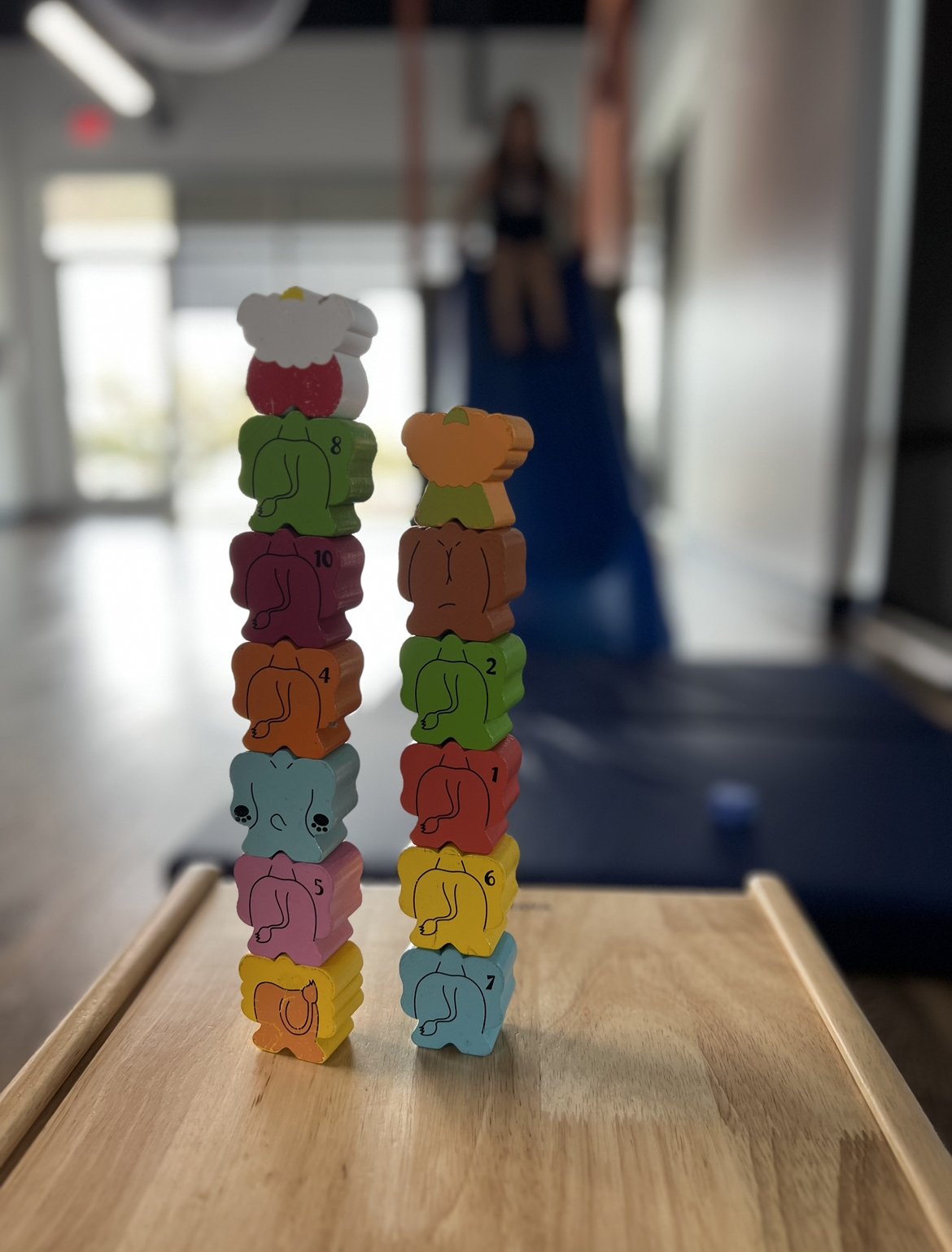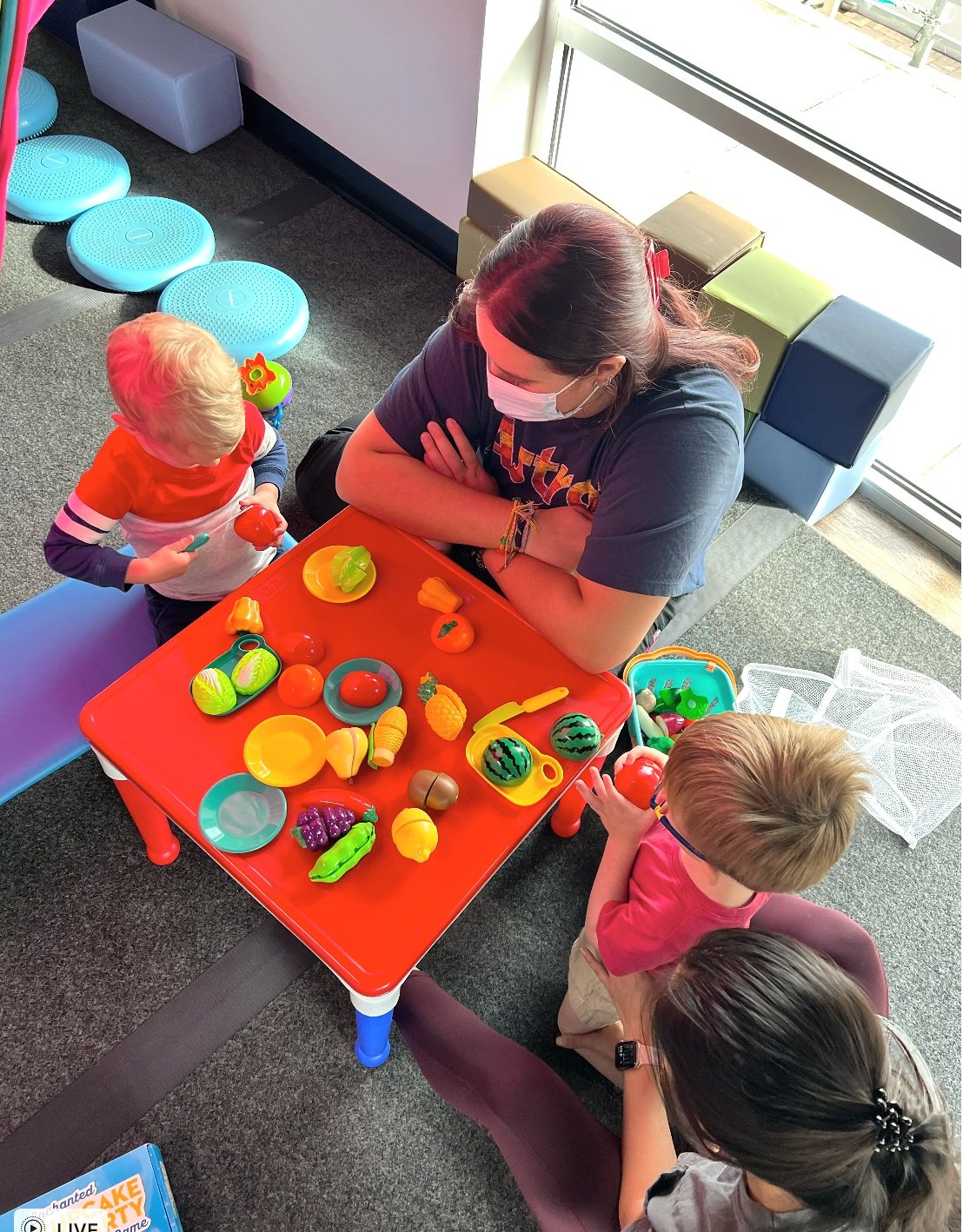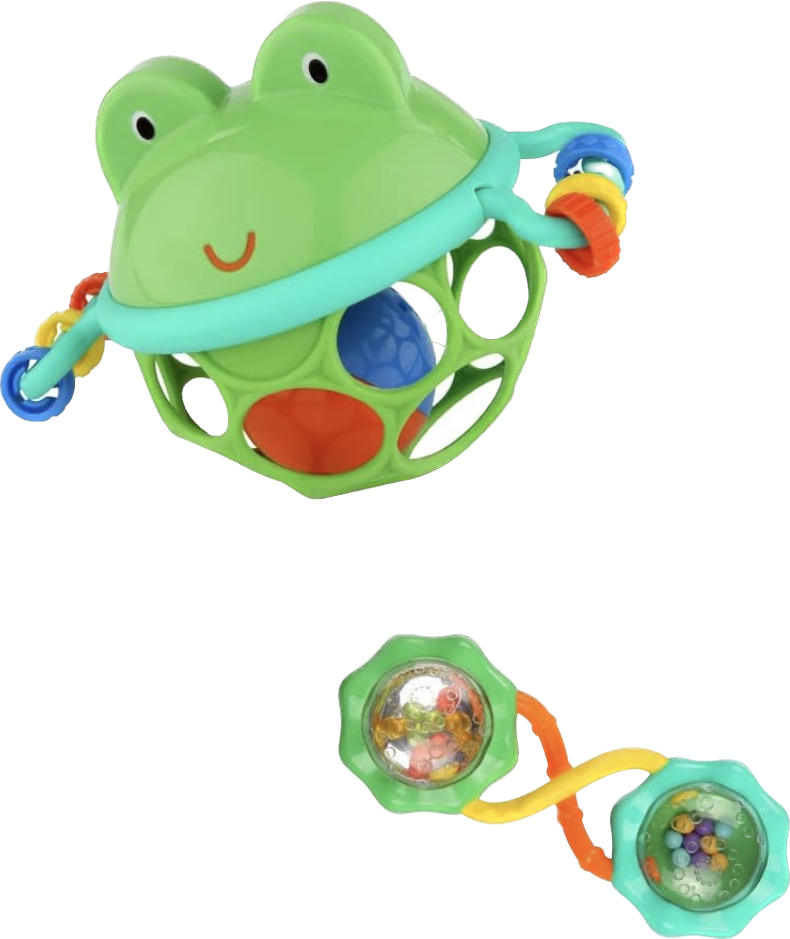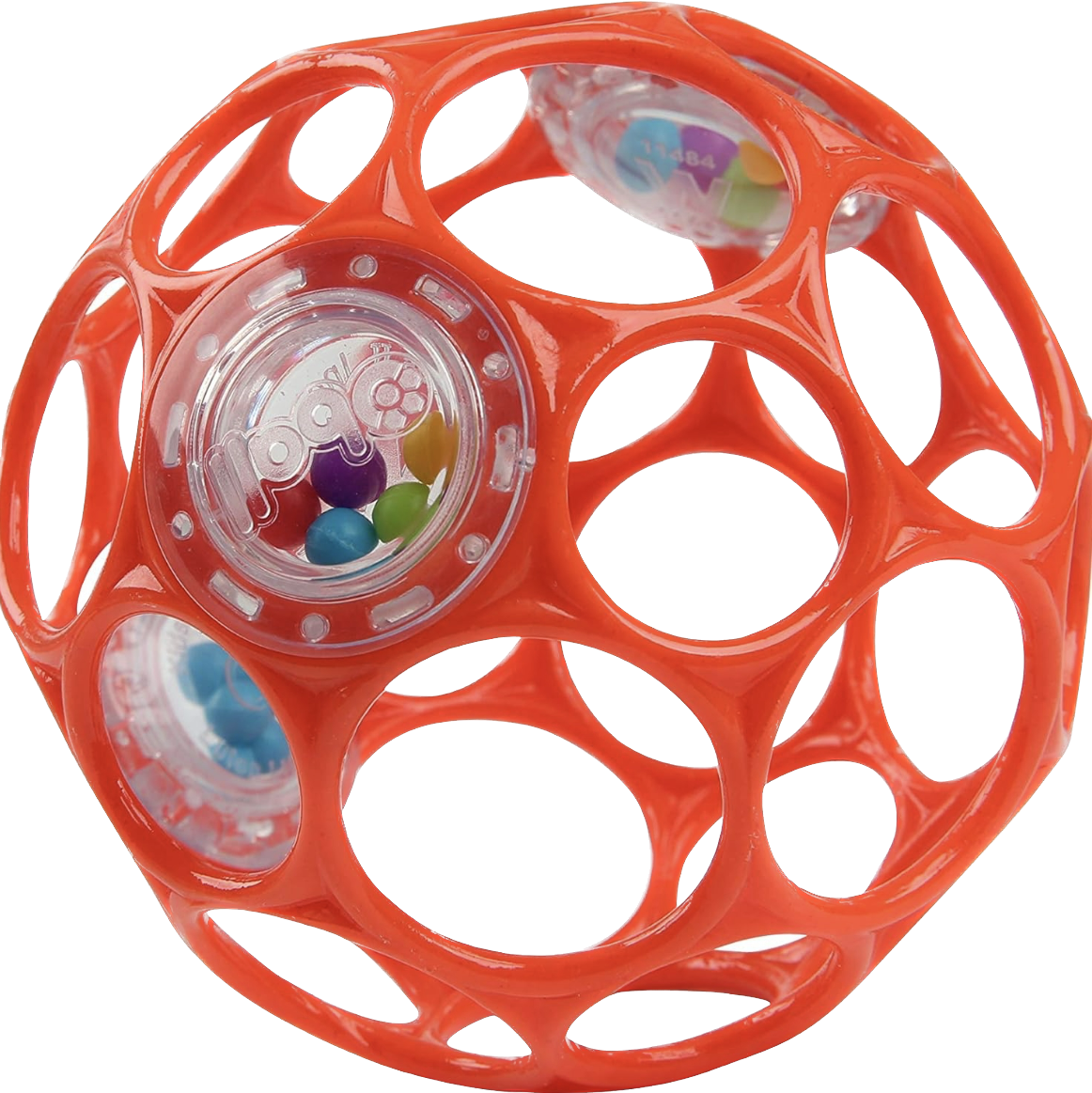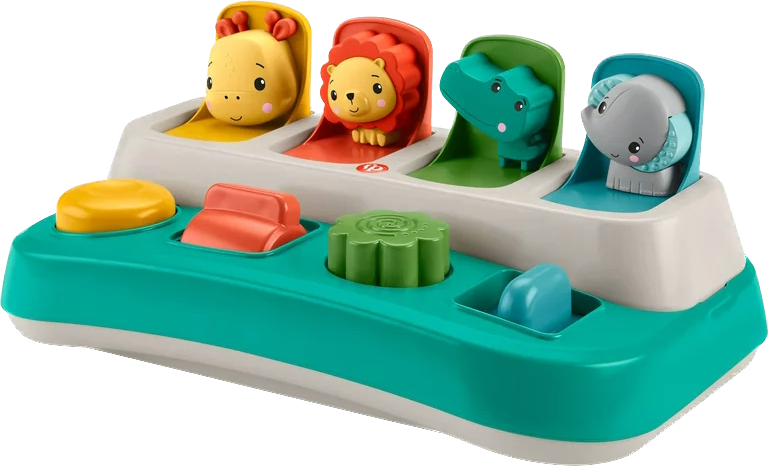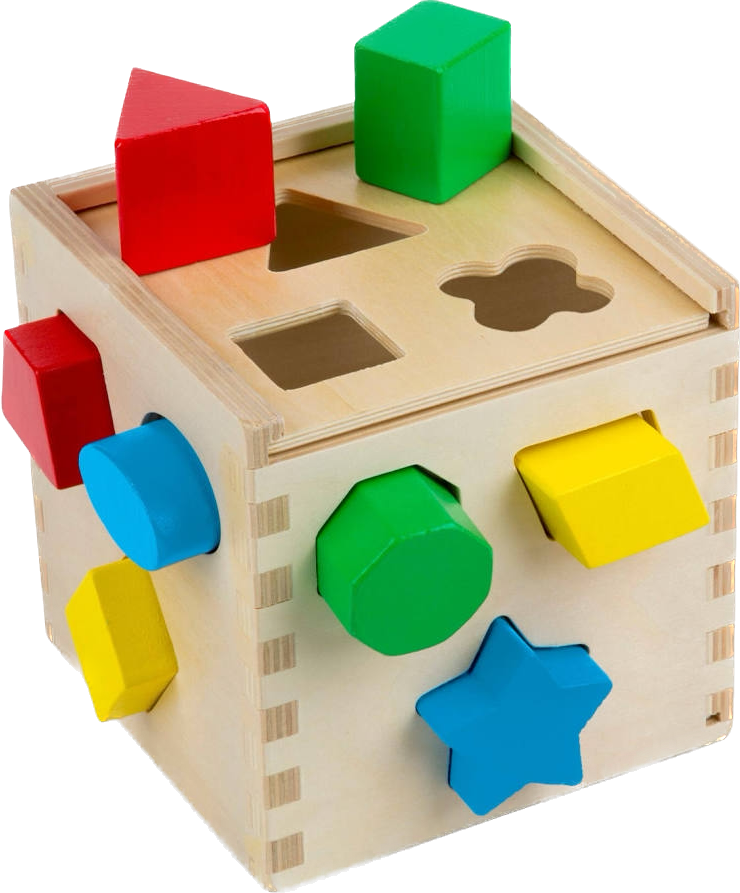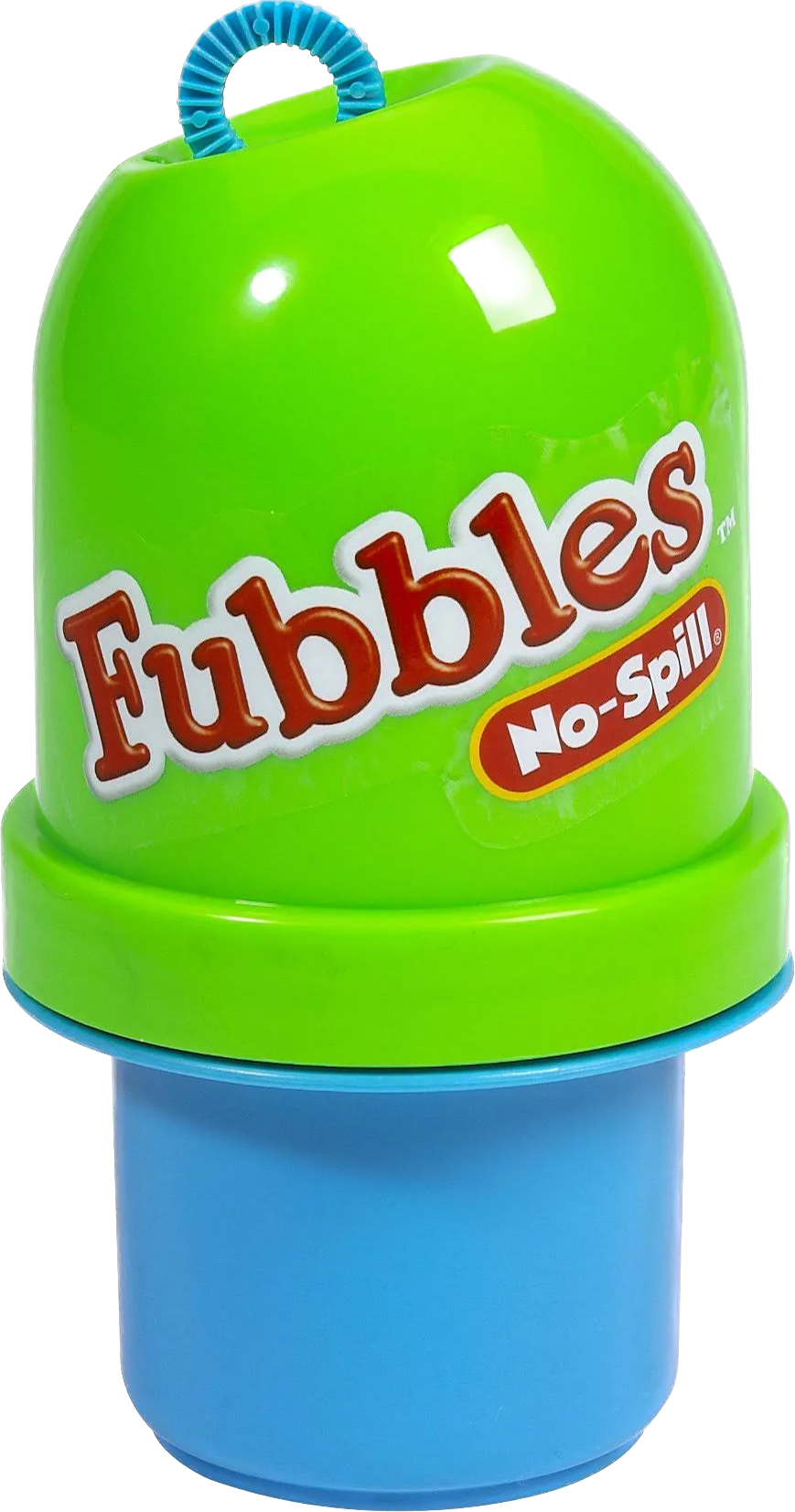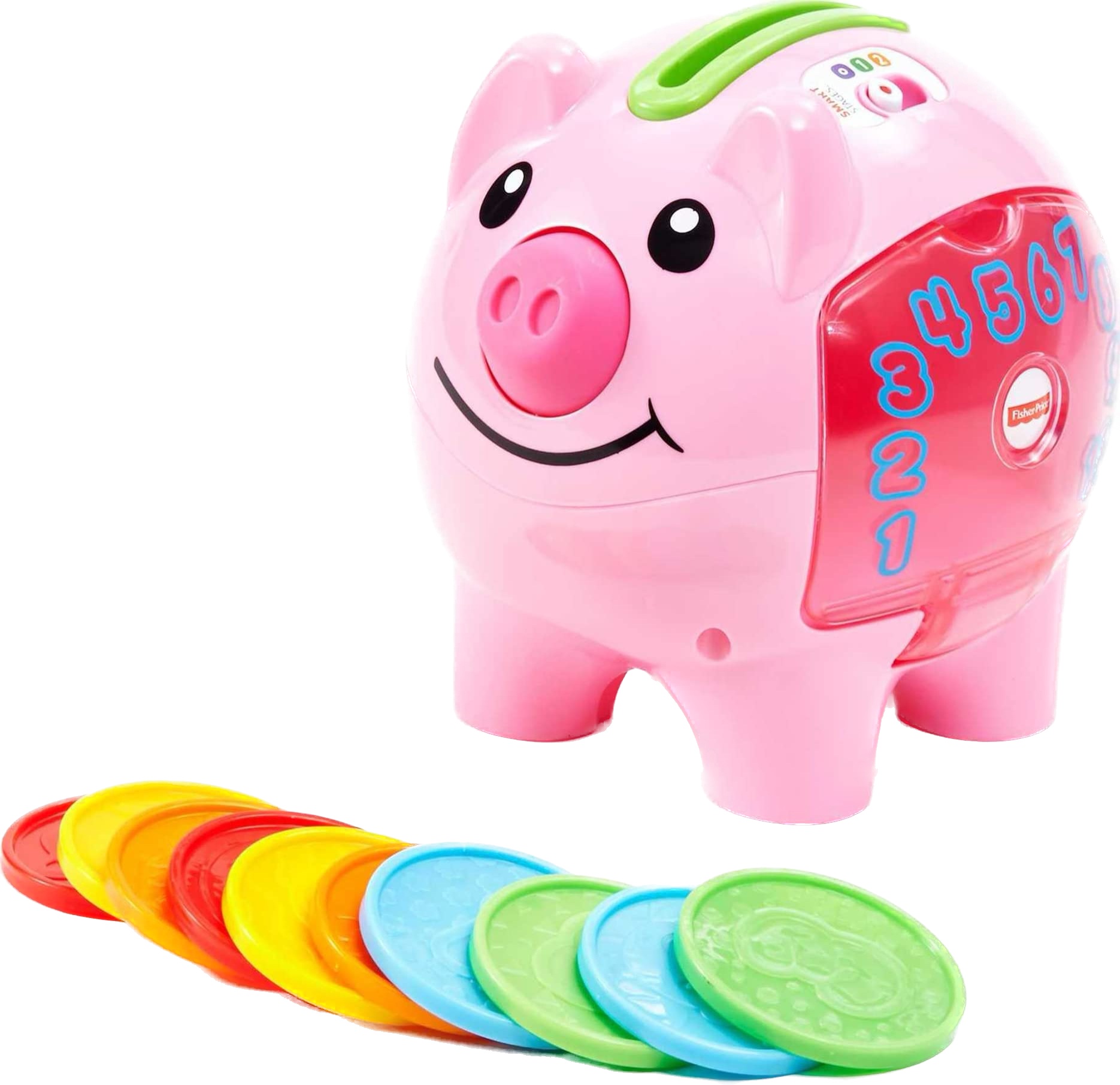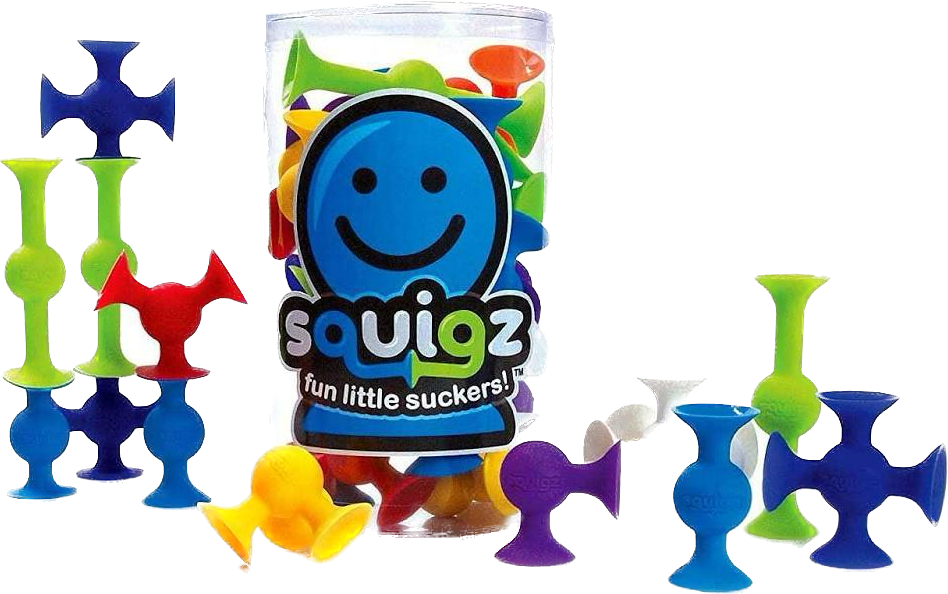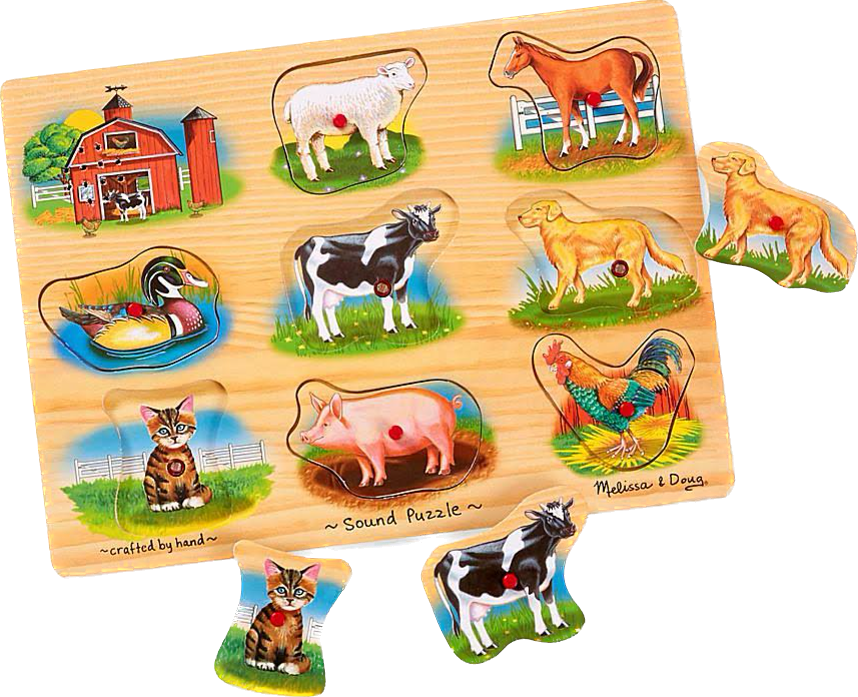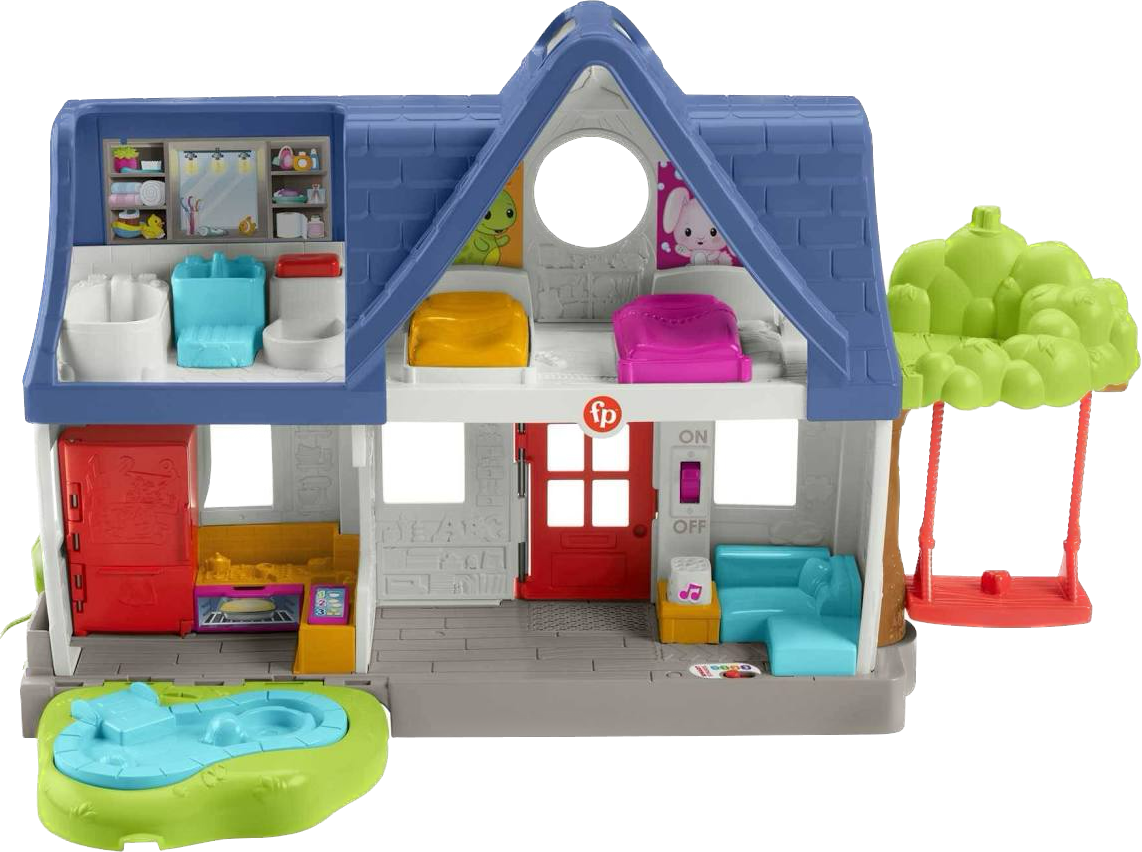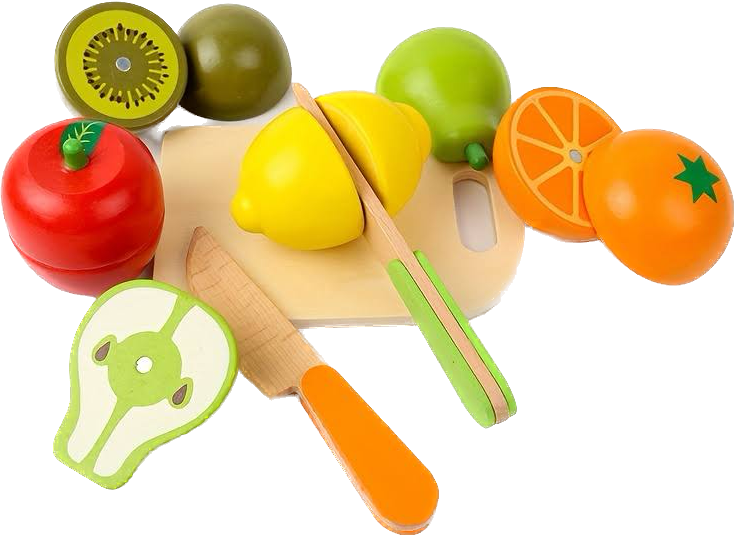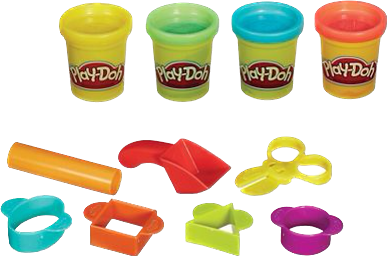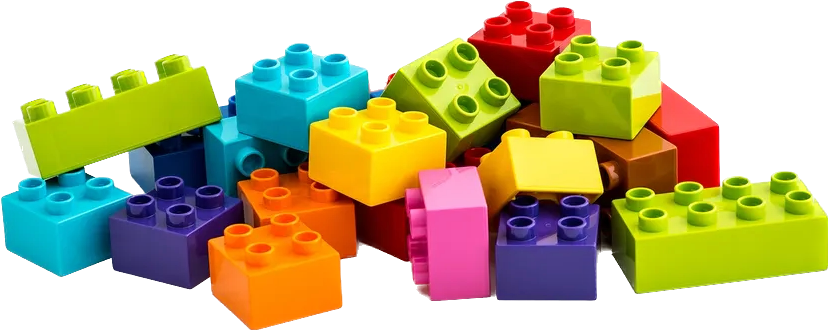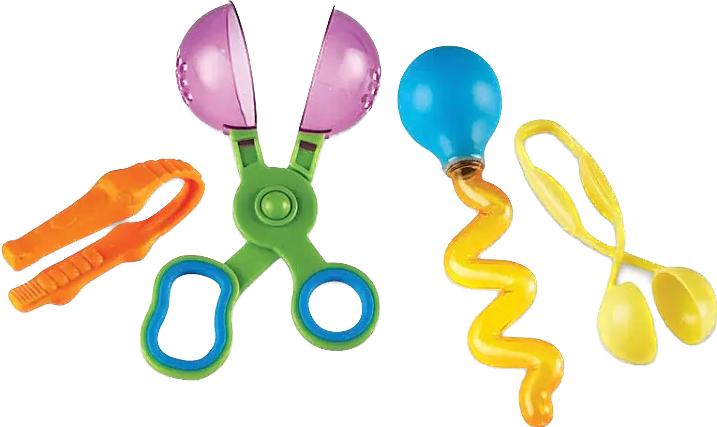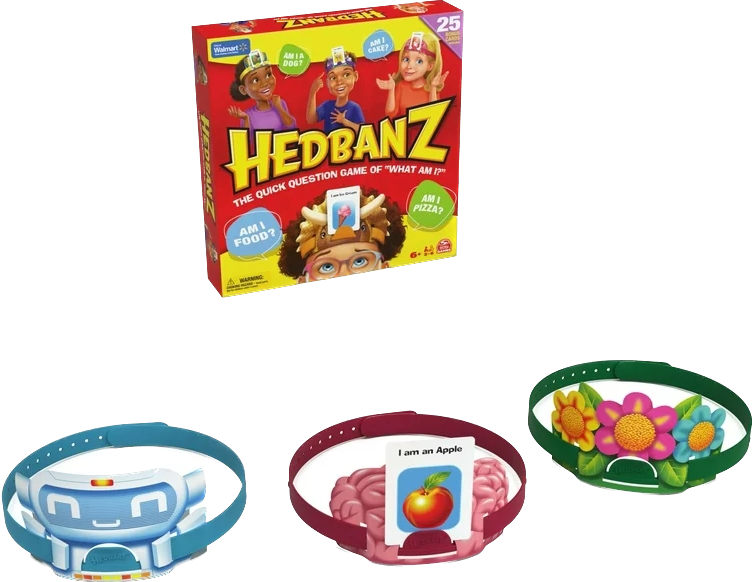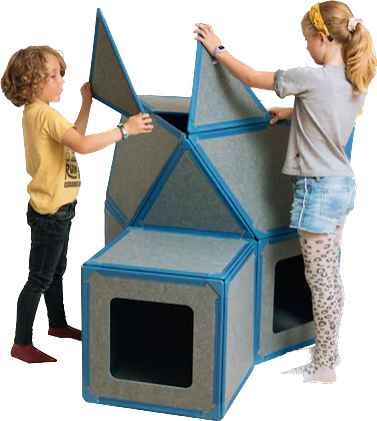
We love finding ways to make therapy feel like play.
A child’s primary occupation is play.
Our occupational, physical, and speech therapists have put together a list of toys and equipment often used in clinic that could be used in the home to help with your child’s sensory and developmental needs. Ask your child’s therapist what we do and how we do it! We love a good home exercise program.
Sensory Regulation
Development of Fine Motor, Gross Motor, Oral Motor, Speech, and Language Skills
Rattles and Teether Toys are great toys for babies to grasp, reach, and shake in the first few months of life. They can be used for play on the belly, back, and sitting. These light weight toys can be brought to midline and manipulated with both hands. Contrasting colors and sound encourage visual tracking and turning the head left and right to work on head control when moved in various directions by therapist or caregiver. Rattles provide vibration, giving feedback and awareness to baby’s body when shaken. Vibration helps kids who crave oral input or need extra input bring awareness to the lips and oral muscles. This helps reduce drooling, make early developing sounds, and increase verbal output.
Cause and Effect Toys like this pop up toy and spin again teach babies the concept that an action creates a reaction. The buttons, knobs, and switches practices early grasp and coordination and provides tactile input when manipulated. They can be used to encourage tummy time or sitting balance due to their height and size.
Cause and effect toys are also great for play skills, joint attention, engagement, and a total communication approach. The organic whimsical sounds the toys make paired with verbal cues and words make these toys a go-to for early language learners. They can be used for turn taking and to initiate requests when sharing.
Shape Sorters give opportunity for object manipulation, stacking, container play, and structured play.
Matching and aligning shapes work on visual perception, fine motor precision and coordination, and premature grasp. The colors and shapes provide opportunity for our speech therapists to target prepositional phrases, vocabulary, sounds, ect.
Bubbles can be popped with fingers, claps, or stomps. They can be caught on the wand for intentional play by therapists. Our PTs and OTs often use bubbles for intentional reaches and stomps and facilitating visual gaze and tracking (the body often follows the eyes and head).
Bubbles provide a open ended play and engagement. Who doesn’t like a good “POP!”
Coin Pig (or other coin toys) are another cause and effect toy that is often used in therapy. Little hands can work on manipulation of coins for insertion into the slot. In tummy time, the height of the pig creates increased trunk lift, encouraging coming onto hands and knees for play.
This coin pig is a toy with immediate audio feedback. This pig can be used for children who need cues to stay engaged. Therapists can target early consonants (p, m, b), early concepts (in, out), early high frequency verbs (eat, open, all done) while playing with Mr. Pig.
Squigz are great toy for all ages. They are safe to chew and teeth on for our babies and work as a teether toy (see rattles and teethers). They are the right size for easy grasp and can roll away or topple when engaged in tummy time and encourage crawling. Our toddlers learn to push and pull squigz on various surface heights to work on full reaches, squats, and righting reactions in physical therapy. The suction provides resistance for hand strengthening. Squigz fit just right under and in between the toes of our older kids for picking them up with their feet for various reflex integration and strength activities. Our older kids use their imaginations on what they can build or how they want to use squigz.
Puzzles provide a structured task with specific number of reps and sets for completing activities and obstacle course. Ones with knobs …
Puzzles help with cognitive flexibility and problem solving which are building blocks of more advanced language skills. While completing the puzzle, therapists can target vocabulary, prepositional phrases, working memory, adjectives, and following complex directions. Puzzles can be simple or complex, which makes this a toy for all ages.
Doll houses and structures allow for open ended pretend play. Pretend play is a building block of language development. While playing with this Little People set, I use basic concepts such as prepositional phrases, pronouns, adjectives, and early vocabulary during interactive imaginative play while we advance language skills.
Placing these toys on various heights with figurines intentionally placed can encourage various reaches inside and outside base of support and facilitate lunges and squats or challenge balance.
Velcro Fruit are a great way to expand mean length of utterance by learning a variety of verbs and practicing vocabulary involved in activities of daily living. Our STs utilize this for imaginative play, vocabulary, categories, adjectives, basic concepts, rapid naming, articulation, and much more. The sound of cutting the velcro foods gives tactile and audible feedback with my verbal instructions.
Holding the fruit and knife also works on grasp and fine motor coordination to cut the fruit. Hand strength/grasp is also required for pulling apart the velcro fruit.
Play-Doh provides opportunity for open ended, imaginative play. Play-doh can be manipulated in hands or used with tools for a variety of fine motor skills ( ie pinching, rolling, cutting, and squeezing), hand strength, and bilateral coordination. This provides a plethora of opportunities for our speech therapists to engage in communication, social, and cognitive skills.
Our physical therapist sometimes engages in stationary play with preferred activities such as play-doh when working on balance, endurance, or manual/stretching activities.
Legos, Duplo, Magnatiles or any connectable or stackable blocks are all great for open-ended, imaginative play. While our kids are stacking and connecting, they can work on fine motor skills, hand strength, and bilateral coordination to pull and push the pieces together. Visual motor and perception is used for scanning and finding pieces that fit into their design.
Tweezers, Tongs, Droppers, and Scoopers made for little hands provide opportunity for early hand strength and grasp. These tools can be used to work on dynamic tasks while engaging in gross motor movement activities to combine a full body workout for coordination, balance, and strength. Imagine maintaining cotton balls inside the scoop while navigating a mini ninja warrior obstacle course.
Speech uses these for basic concepts while engaged in a preferred task for interactive imaginative play, following directions, cognitive development, sound development, conversational exchanges, and much more.
Board games are made for such a wide range of ages and can be used in so many ways to make developmental skills fun and exciting. Many games require the use of hand manipulation, turn taking, and structured play.
Gross motor skills can be added by separating the dice or cards across the room from the board and having your child do fun animal crawls or activities in between.
Speech therapists can target specific concepts, cognitive development, turn taking, following instructions or structure of game, 10+ exchanges. Before each turn, kids can complete the target concept before their turn. This makes "drilling" of concepts much more fun.
Superspace tiles are a staple for open ended play in our clinic. As a clinic focused on child led sessions, our kids have the option to let their imagination run wild in how we can incorporate various toys and equipment.
Speech therapist often build forts, boats, and rockets in their sessions. We’ve attached a dry erase board on a couple of our pieces for writing, keeping score, or drawing. Our kids use these tiles as tunnels, soccer goals, or barriers in obstacle courses or games.
Scooter Boards are great for bilateral coordination, global strength, vestibular and proprioceptive input, and reflex integration depending on the position your child uses. Seated scooter board propulsion is a great way to work on lower extremity and core strength and requires coordination for alternating feet. Scooter boards can also be used on in prone (on belly) to target posterior chain and UE strength or quadruped (on hands and knees) to engage core control and full hip and shoulder/scapular control and endurance. Weight bearing into hands and strengthening our shoulders/scapulae carries over into strength and endurance in fine motor skills.
Scooter board a great open ended play activity for speech therapists to engage in preferred tasks with their kids.




